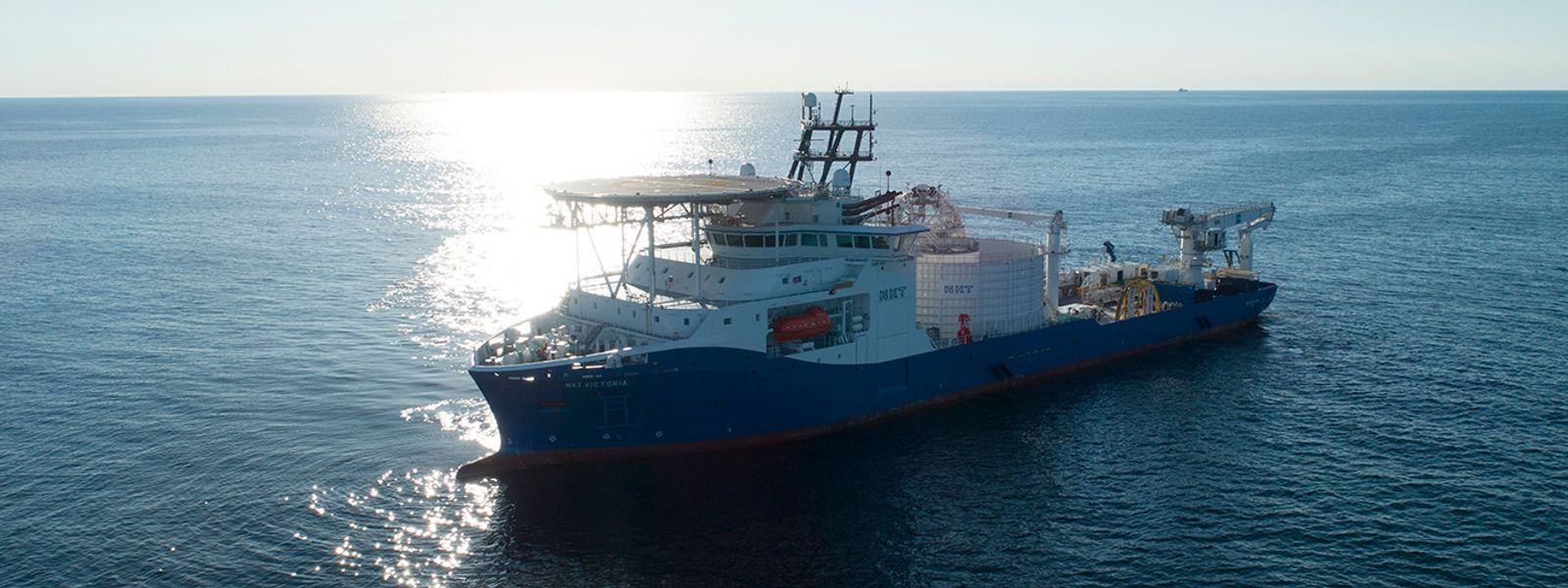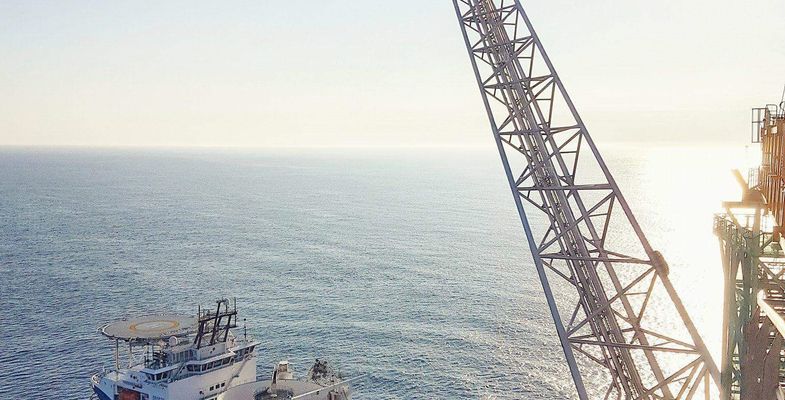
Johan Sverdrup, Norway
With expected resource base of 2.7 billion barrels of oil equivalents, Johan Sverdrup is one of the most important industrial projects in Norway in the next 50 years. Peak production is estimated to be 660,000 barrels of oil per day.
- References
- Johan Sverdrup, Norway
Key Facts
Scope
The project
One of the largest oil fields on the Norwegian continental shelf is connected to the mainland grid.
The solution
We provided an energy-efficient cable system that contributes to reducing emissions.
Loading...




